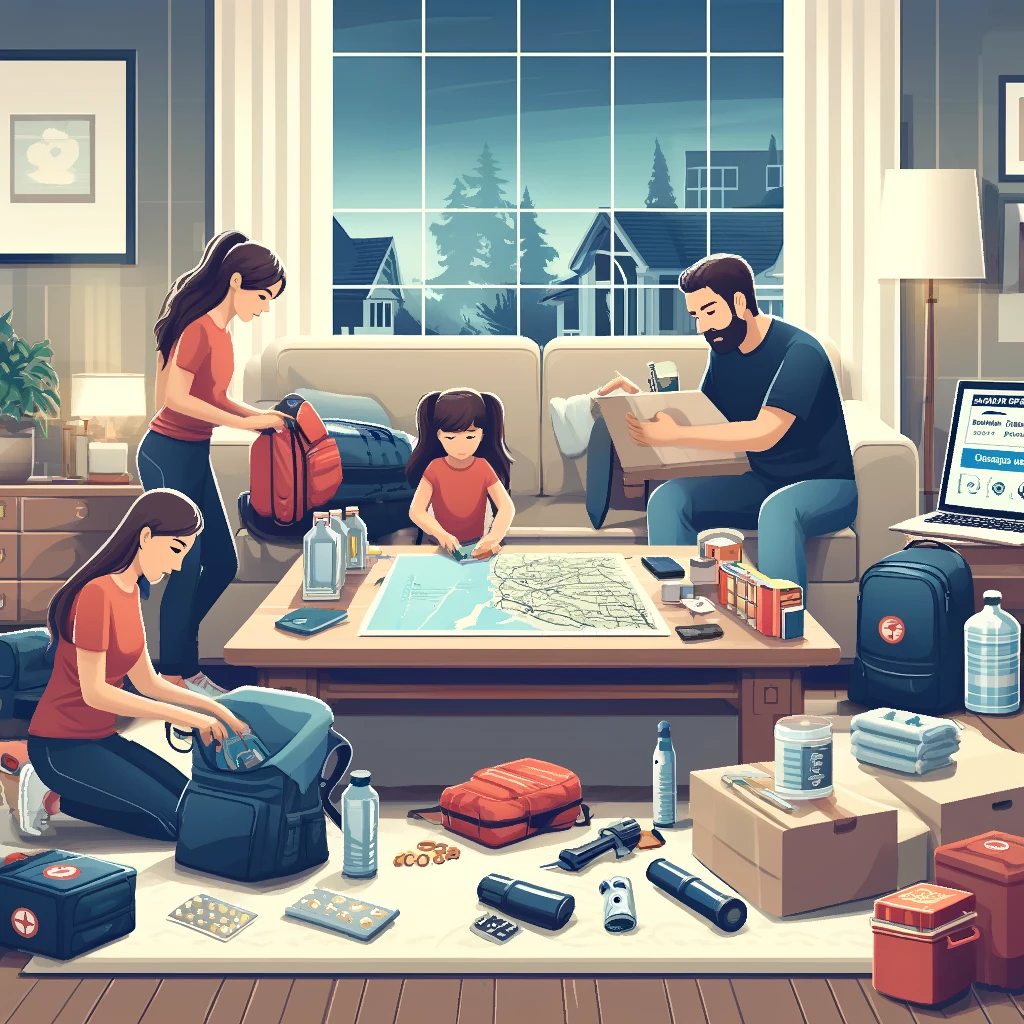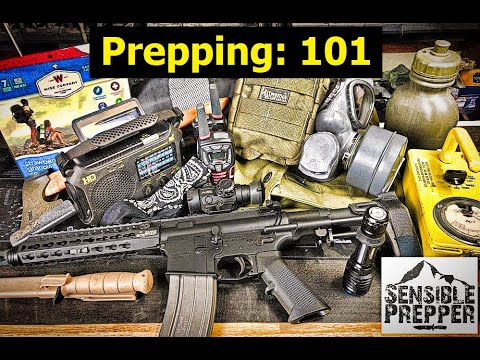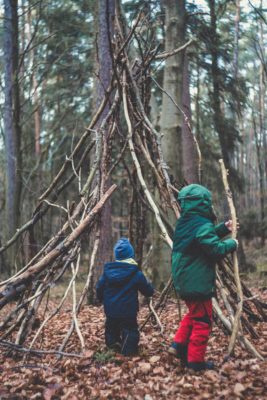Natural disasters can strike with little to no warning, leaving devastating impacts on communities and families. Being well-prepared can significantly mitigate these effects by ensuring safety and quick recovery. This article outlines essential steps and strategies to prepare your family for various natural disasters, including hurricanes, earthquakes, floods, and wildfires.
Understand the Risks
Begin by understanding the natural disaster risks in your area. Whether it’s hurricanes in the Gulf Coast, tornadoes in the Midwest, or earthquakes in California, knowing what to expect is the first step in preparation. Use resources like FEMA’s website or local government portals to gather information about the hazards in your region.
Create a Family Disaster Plan
Having a family disaster plan is crucial. This plan should include:
- Communication strategy: How will family members contact one another if separated during a disaster? Consider establishing a family meeting point and using text messages or social media to communicate during emergencies, as these can be more reliable than phone calls.
- Evacuation routes and shelters: Identify safe evacuation routes and nearby shelters. Practice evacuating to these locations so everyone knows what to do and where to go.
- Special needs: Account for family members with special needs, elderly relatives, or pets. Ensure their specific requirements are integrated into your disaster plan.
Emergency Kits
Prepare an emergency kit that includes:
- Basic supplies: Water (one gallon per person per day for several days), non-perishable food, flashlight, batteries, first aid kit, medications, and personal hygiene items.
- Important documents: Copies of important documents such as identification, insurance policies, medical records, and bank account records should be kept in a waterproof, portable container.
- Extra items: Depending on the region and potential disasters, you might also include masks, hand sanitizers, or tools to turn off utilities.
Educate Your Family
Education is key to ensuring every family member knows how to respond during a disaster. Teach children about natural disasters and emergency procedures in an age-appropriate way. Regular drills for different scenarios (like fire, earthquake, or tornado) can help ingrain these procedures.
Stay Informed
Technology can be a lifesaver during natural disasters. Use apps and services that alert you to local emergencies, such as weather alerts or community services announcements. Ensure all family members are signed up for these alerts and understand how to interpret them.
Home Preparation
- Strengthen your home: Depending on the disaster, this might involve securing heavy furniture to walls, ensuring your home is structurally sound to withstand earthquakes, or clearing brush to protect against wildfires.
- Insurance: Review your insurance policies to ensure they cover natural disaster damages pertinent to your area.
Conclusion
Preparing for natural disasters is an ongoing process that requires awareness, preparation, and education. By understanding the risks, creating a detailed disaster plan, maintaining an emergency kit, educating your family, staying informed through technology, and preparing your home, you can ensure that your family remains safe and resilient in the face of natural calamities.



